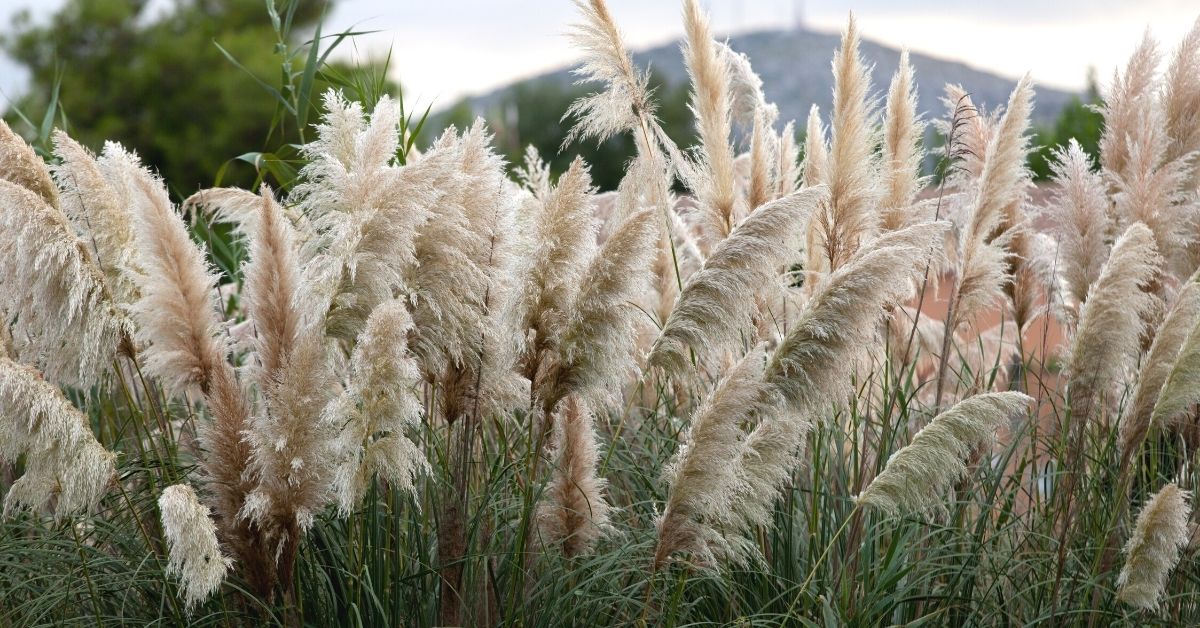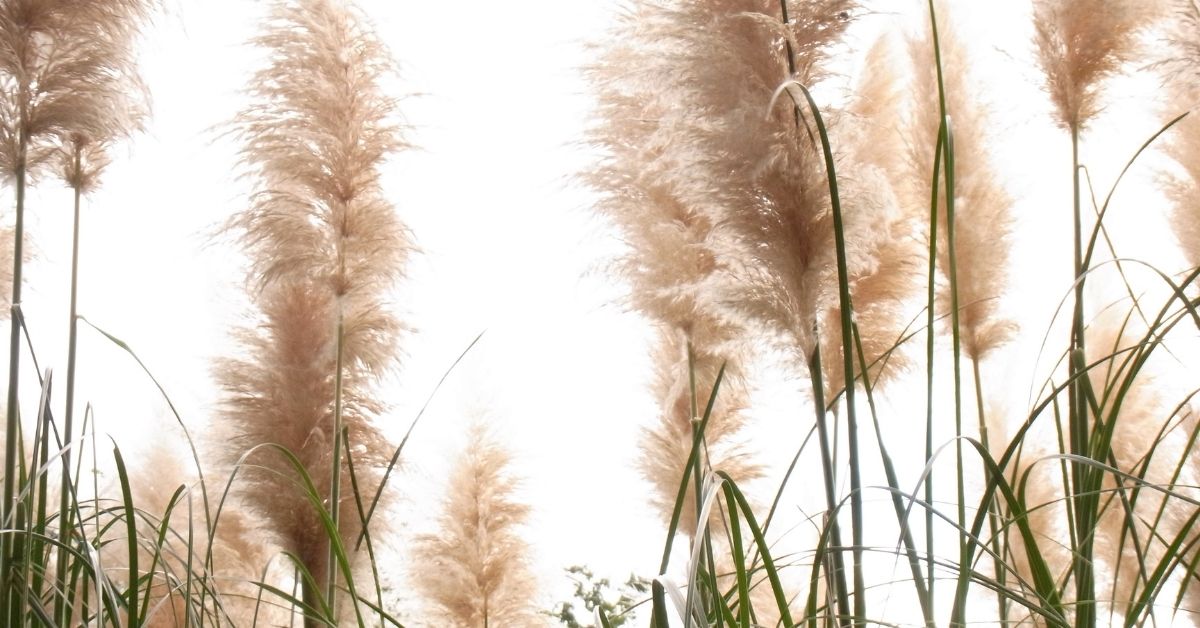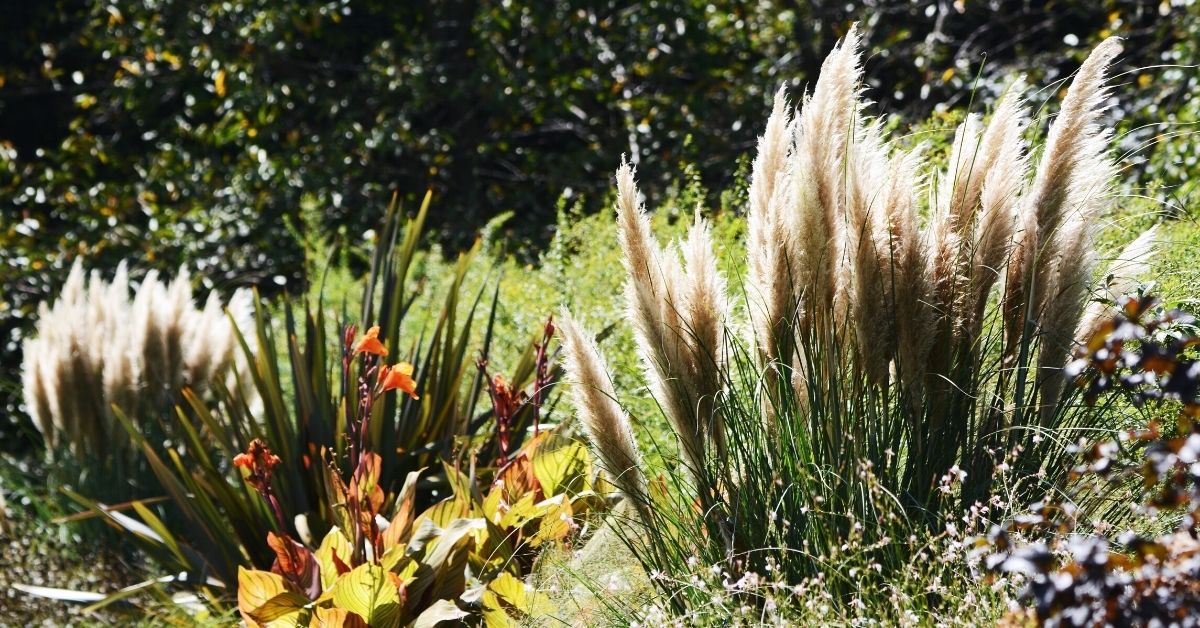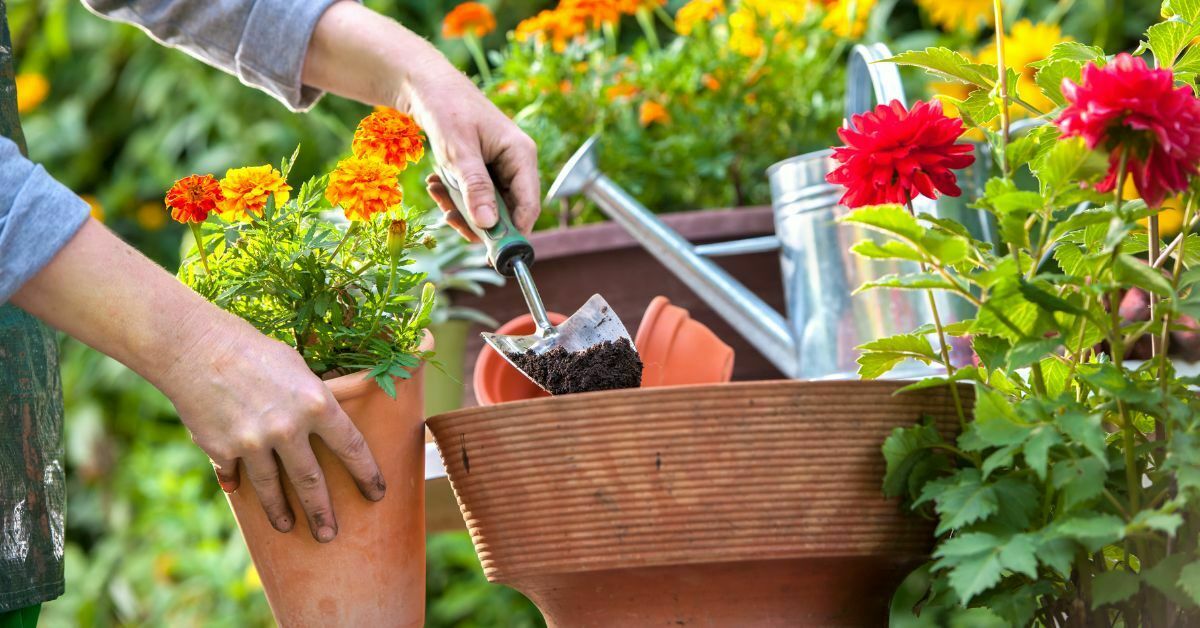Pampas grass (Cortaderia selloana) is one of the most beautiful and impressive ornamental grasses. Good preparation is needed to get through the winter well. Here are 3 mistakes to avoid while hibernating Pampas grass and how to overwinter pampas grass properly in your garden.
The grass is not particularly sensitive to the cold, but the winter wetness causes problems for the large stalks. If water penetrates the inside of the stalks, the frost damages the plants from the inside.
Moisture in the heart of the grass eyrie causes the whole plant to perish. Be careful not to make these mistakes when preparing for winter in the garden.
3 Mistakes To Avoid While Hibernating Pampas Grass

1: Cutting back pampas grass in autumn
Many types of grass and perennials are cut down to the ground in autumn. In the case of pampas grass, it is better to postpone this measure to spring.
The reason: The thick stalks of the cut pampas grass run full of water in winter. This water causes the stalks to rot from the inside. The frost can penetrate unhindered and irreversibly damage the plant. The heart of the grass eyrie also lies unprotected after the cut.
If for some reason it is not possible to do anything else than cut the pampas grass in autumn, cover the remains thickly with mulch and leaves or straw.
2: You are not tying the pampas grass together
No question: free-standing pampas grass fronds covered with frost look lovely in winter. But you are not doing anything good for the plant. So that the pampas grass is optimally protected over the winter months, you should tie it together compactly.
The correct tactic here is to start at the bottom and then knot several cords across the middle and the tip to create a stable head. Be sure to tie all the blades of grass into it.
Tip: The easiest way to do this is with two people. Tie the pampas grass tight enough so that it is stable, but do not kink the stalks. In this way, the heart of the grass is optimally protected from frost and cold winds.
3: Insufficient protection of the pampas grass in the pot
Smaller grass clusters survive the cold season better if they are taken out of the bed over the winter. This is also a good tactic for ornamental grasses that are not reliably frost-hardy. Dig as much grass as you can with that many roots.
Fill a big planter with dirt and the root ball. Because the recently removed grass is now very sensitive, this step alone is insufficient. Wrap the pot in jute or bubble wrap as tightly as possible. To lessen the cold from below, place it on a wooden board or styrofoam blocks.
In the container, the pampas grass should also be clustered together. The grass tuft can then be wrapped loosely in a jute bandage or a reed mat. Place the pot in a protected area beneath the roof.
During the winter, a cold greenhouse can also be used as a destination. Remember to water the pampas grass in the container from time to time!

How do you overwinter pampas grass? (The Short Answer)
– To successfully overwinter pampas grass in the garden, it’s best to tie the tuft of leaves together from bottom to top.
– Every 15-20 inches (40 to 50 cm), tie a rope.
– The root area is then covered with dried leaves and brushwood.
– Pampas grass should overwinter in a container and be placed in a protected spot on an insulating mat.
– You need to tie the tuft of leaves together and cover the root area with straw, leaves, or wood.
– Finally, wrap the Pampas plant container in a thick coconut mat, fleece, jute, or bubble wrap.
How do you overwinter pampas grass in the garden?
The most crucial thing to know ahead of time is that you should never clip your pampas grass back in the fall, as you would many other decorative forms of grass in the yard. If the stalks are severed, water may pour into them and freeze, or the plant may rot from within.
The evergreen tuft of leaves should be left alone since it shields the plant’s frost-sensitive center. Instead, as soon as the first-night frosts are predicted, bind the tuft of leaves together from bottom to top on a dry fall day.
Tip: When working with bigger specimens, it’s best to work in pairs – one holds the tuft of leaves together while the other wraps the rope around it and ties it. Attach a rope roughly every 15-20 inches (40 to 50 cm) until only a few stalks are jutting out at the top, so you can catch shorter stalks and obtain a nice overall picture in the end.
So tightly tied, the pampas grass is pretty to look at over the winter months and well protected from moisture because most of the water now runs down the outside of the plant. Even the varieties such as that Pampas grass ‘Pumila’ (Cortaderia selloana ‘Pumila’) are overwintered in this way.
Important: When applying winter protection or trimming back, always use gloves and long-sleeved clothes since the stalks of Cortaderia selloana are quite sharp-edged!
If the pampas grass is tied up, the bottom portion is covered with brushwood and protected with some dried leaves. The pampas grass hibernates until March/April if it is protected in this way.
How do you overwinter pampas grass in a pot?
Hibernating a pampas grass in a container takes a bit longer than hibernating a specimen in the garden.
It is critical to protect both the above-ground and subterranean elements of the plant, particularly the roots, because that small amount of soil in the pot can freeze in a short time, resulting in the plant’s death.
Use a little larger container since the more dirt surrounding the roots, the more sheltered they will be over the winter. The best spot to store a pampas grass bucket for the winter is against a protected house wall or beneath a roof overhang.
If the space is bright enough, an unheated garage or garden shed can also be used for the winter.
Ensure that the plant container is placed on an insulating surface to prevent cold from penetrating from below.
This might be a wooden board or a styrofoam sheet. Then, as indicated above, knot your pampas grass together. Straw, leaves, or brushwood are used to cover the root region. Wrap a thick coconut mat, fleece, jute, or bubble wrap around the pot.
You may also wrap a thin fleece around the pampas grass for aesthetic purposes. On the market, there are ornamental variations, some with lovely winter or Christmas designs.
If you use an airtight substance like bubble wrap, the pampas grass will perish since air will no longer be able to move inside the plant.
Pampas Grass Care after overwintering
You may remove the winter protection after there is no longer any possibility of severe frosts in the new year. It’s also a good time to mow your pampas grass in late April.
Trim the beautiful flower stems 5-8 inches (15 to 20cm) above the ground and clean the tuft of leaves, which is evergreen in warm climates. You should pay attention not to harm the fresh sprout. After you’ve chopped back your pampas grass, give it a quantity of organic fertilizer, such as compost, and it’ll be ready for the next gardening season.


